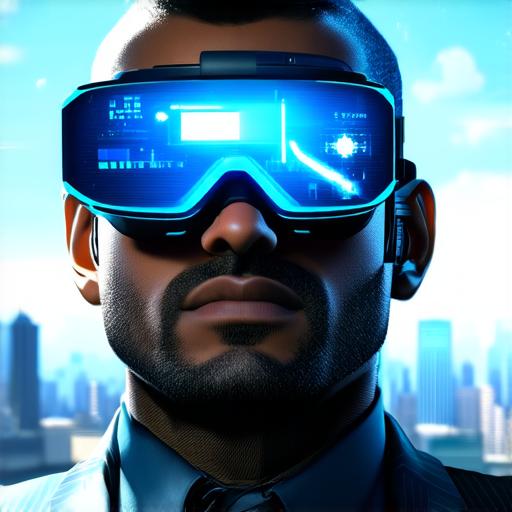
What sets augmented reality apart from virtual reality?
Augmented reality (AR) and virtual reality (VR) are two technologies that have been gaining popularity in recent years. While they share some similarities, there are also several key differences between them. In this article, we will explore what sets AR apart from VR and how these technologies are being used in the virtual reality development industry.
What is Augmented Reality?
Augmented reality is a technology that overlays digital information or objects onto the real world. This digital information can include text, images, videos, or even 3D models. AR allows users to interact with both the physical and digital worlds simultaneously, providing an immersive experience.
What is Virtual Reality?
Virtual reality, on the other hand, creates a completely immersive digital environment that replaces the real world. VR headsets typically use screens to display stereoscopic images that create a 3D effect, allowing users to feel like they are in a different world.
Key Differences Between AR and VR
The main difference between AR and VR lies in the level of immersion. AR provides an overlay of digital information onto the real world, while VR completely replaces the real world with a digital environment. This means that AR can be used in a variety of settings, while VR is typically more limited to specific applications.
Another key difference is the cost. VR headsets and equipment can be expensive, while AR technology can often be incorporated into existing devices like smartphones or tablets. This makes AR more accessible to a wider audience.

Finally, AR has the potential to be used in real-world scenarios, while VR is typically limited to simulated environments. For example, AR can be used to enhance the customer experience in retail settings, while VR can be used for training and simulation purposes.
Case Studies
Let’s look at some real-life examples of how AR and VR are being used in the virtual reality development industry.
AR in Retail
IKEA has been using AR technology to allow customers to visualize furniture in their home before making a purchase. This has resulted in increased sales and customer satisfaction. Similarly, Sephora has been using AR to let customers try on makeup virtually, which has led to increased sales and engagement.
AR in Education
AR is also being used in education to enhance the learning experience. For example, students can use AR apps to explore historical sites or learn about science concepts in a more interactive way.
VR in Gaming
Virtual reality gaming has been gaining popularity in recent years, with companies like Oculus and HTC releasing VR headsets that allow users to fully immerse themselves in the game world. This has led to a new level of realism and interaction in gaming.
VR in Training
As mentioned earlier, VR can be used for training and simulation purposes. For example, medical professionals can use VR to practice surgical procedures or military personnel can use VR to simulate real-world scenarios.
Expert Opinions
According to Dr. Ivan Sutherland, the creator of Sketchpad – one of the first AR systems – “AR is not just about adding digital information to the world, it’s about changing how we interact with the world.”


